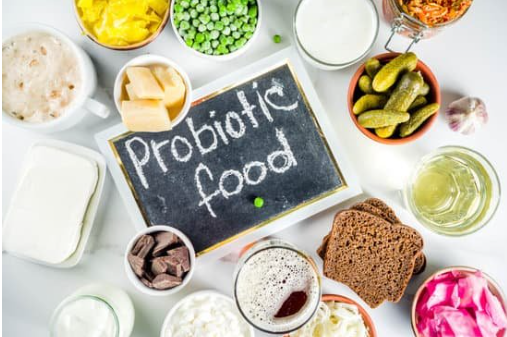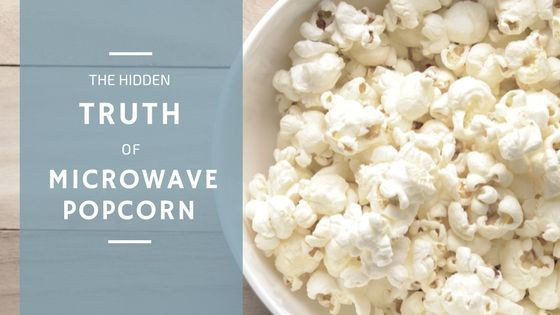OVERFILLING
- Mary Shackelton, MPH, ND

- Jun 4, 2022
- 3 min read
Updated: Jun 7, 2022

Do you know that “oh-too-full feeling” after eating a meal? It’s SO uncomfortable. You say you’re never going to do it again, and then, it inevitably happens. While there are emotional and physical factors that drive us to eat too much, the majority of it is unconscious. Portion sizes are ever expanding along with our waistlines. I sometimes can’t believe how big plates of food are when they arrive at my table! As portion size continues to grow, we become less sensitized to how unnecessary all of this extra food is.
Eating slowly:
When we see food and are prepared to eat, we make digestive enzymes in our mouth and stomach. If we don’t prepare ourselves to eat by arriving at the table, slowing down, and taking a few deep breaths, then our digestion is already hampered. When we put too much food into our stomachs, it is not prepared to start breaking it down. The results are indigestion, bloating, gas, and poor bowel movements.
If we are eating in our cars or at our desks, we are further disconnected to our digestive tract, as we are not paying attention to chewing our food. Our digestion becomes compromised. Here’s another way to look at it: if you are eating slowly, you’ll be able to eat less food and be just as satisfied, and you won’t have that uncomfortable feeling in your gut. Try putting your phone out of reach and eating without talking or other distractions. It’s not easy, but it’s effective!
Chew 50 times:
Watch how many times you chew per mouthful of food. Food often arrives in our digestive tract only partially digested, which requires more digestive “fire” than we might have. If we’re not chewing our food sufficiently, we don’t lubricate it in our mouths with our saliva and mix it sufficiently with digestive enzymes. When our food arrives in our gut, the job is too big for our stomach acid to properly break down, and our food likely ferments or putrefies in the small intestine and colon, depending on what we’ve eaten. Protein will putrefy, and carbohydrates will ferment.
It takes 20 minutes for the message to reach your brain that you are full. So, if you are shoveling food in at a rate such that the portion size exceeds what you can properly digest in 20 minutes, then you will be overfull and uncomfortable.
Overeating
Most of us have been conditioned to “finish our plates,” and if we have too much food on our plates, then we will overfill our stomachs. The truth is if you are already full and keep eating despite the messages from your stomach to your brain saying you are full, you will not digest or absorb this extra food. Instead, it will putrify and/or ferment in your gut, causing uncomfortable symptoms downstream, such as bacterial overgrowth. Plus, you will not metabolize this food. It is so much better to stop when you are approaching fullness.
The Japanese have a practice called “hara hachi bu,” in which they eat until they are 80% full. Many Okinawan people live to be 100, and their way of eating may explain much of their longevity. It might take a few meals to reprogram your stomach and brain to know what 80% full feels like. One suggestion is to start by eating half the food you normally eat, and then checking in 20 minutes later to see if you’re still hungry. Most likely you will be full, especially if you’re taking the time to be conscious about your eating and increasing the number of times you chew each bite.
What are you hungry for?
Conscious eating of the foods that nourish you and satisfy you can happen only when we are paying attention and going slow. If drinking a smoothie doesn’t appeal to you, don’t drink it. Tune in to what your body is asking for and have that. Even if it is not “healthy,” there is no substitute for being satisfied by what you want when you want it. There are so many elements of emotions tied to eating. We eat out of boredom, sadness, loneliness, anger, fear, and the list goes on.
By slowing down, chewing, and watching portion sizes, we can start to identify what we are hungry for.



Comments